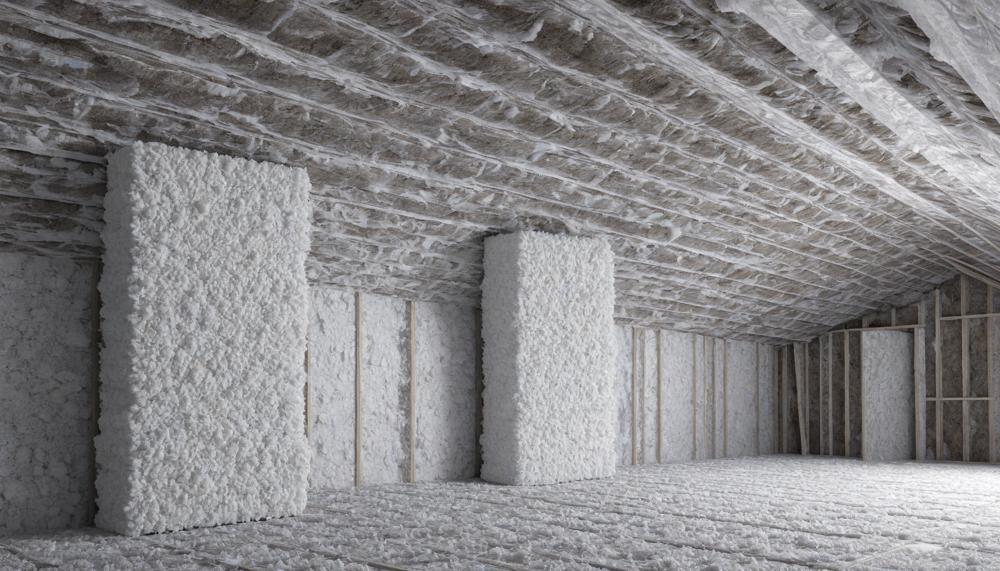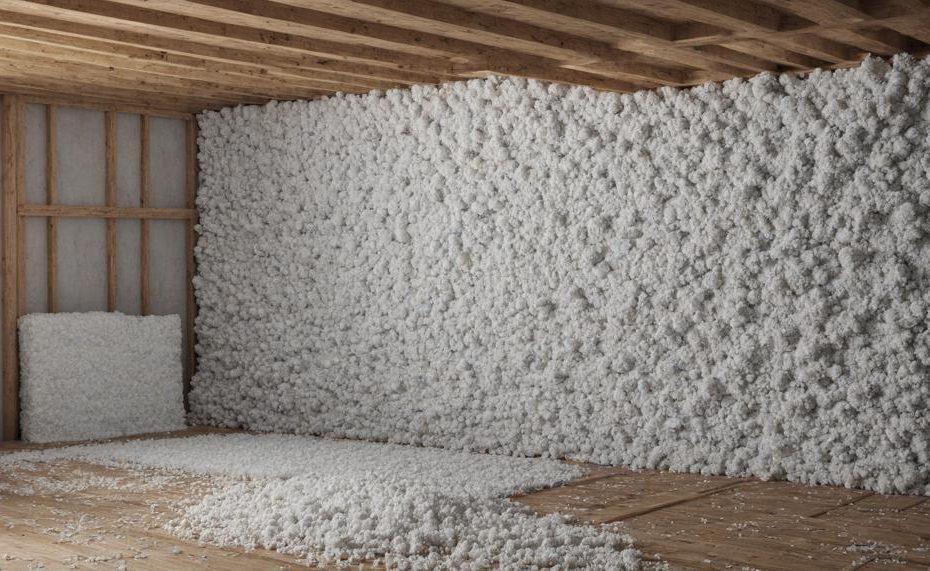Disposing of insulation might seem straightforward, but there’s more to it than tossing it in the trash.
Whether you’re remodeling or cleaning up after a DIY project, knowing how to dispose of fiberglass insulation properly is crucial for safety and environmental reasons. Here’s what you need to know:
- Check Local Regulations: Disposal rules vary by location. Always follow your municipality’s guidelines for safe disposal.
- Reuse and Repurpose: Consider using leftover insulation in other projects like sheds or attics. This not only reduces waste but also boosts energy efficiency.
- Donate or Sell: Social media platforms can help you give away or sell unused insulation, making it a win-win for you and others.
- Hazardous Waste: In some areas, fiberglass insulation is classified as hazardous waste. Look for specific disposal sites dedicated to such materials.
- Landfill Disposal: After exhausting reuse and donation options, the remaining insulation typically goes to a construction or demolition landfill.
Proper insulation disposal is essential for maintaining safety and minimizing environmental impact. By following these steps, you can handle your insulation disposal responsibly and efficiently.

Contents
Disposing of Insulation: A Practical Guide
Here, you will learn several effective methods for disposing of insulation, particularly fiberglass insulation, during home remodeling or DIY projects. The following key points will be covered:
| Method | Description | Notes |
| Professional Disposal | Contractors handle removal and disposal | Included in many remodeling contracts |
| DIY Disposal | Follow local regulations for proper disposal | Check with municipal authorities |
| Reuse | Use leftover insulation in other projects | Good for sheds, attics |
| Donation/Sale | Give away or sell unused insulation | Use social media platforms |
| Hazardous Waste Disposal | Dispose at designated hazardous waste sites | Check local rules |
| Landfill | Dispose remaining insulation in landfills | Last resort option |
We Recommend
The best and most environmentally friendly methods for disposing of insulation in a household setting are varied, depending on the type of insulation and local regulations. Here’s a breakdown of recommended practices:
| Insulation Type | Recommended Disposal Method | Additional Tips |
| Fiberglass | Bag in heavy-duty plastic, double-bag, and follow local disposal regulations | Contact local disposal facility for guidance |
| Loose-Fill Cellulose | Carefully bag and dispose of at designated facilities | Check recycling options if available |
| Insulation Boards | Bag and follow local disposal requirements | Reuse or donate if in good condition |
| Eco-friendly Alternatives | Replace with recycled material insulation like cotton or mineral wool | Ensure proper disposal of old insulation |
Safety Tips for Removing Fiberglass Insulation
When removing fiberglass insulation from your home, adhering to essential safety precautions is crucial to protect your health and ensure proper disposal. Here are some key safety measures to follow:
Personal Protective Equipment (PPE)
- Gloves: Wear heavy-duty gloves to prevent skin irritation.
- Goggles: Protect your eyes from fiberglass particles.
- Respirator: Use a high-quality respirator to avoid inhaling harmful fibers.
Seal the Area
Room Containment: Use plastic sheeting and tape to seal off the work area, preventing dust and fibers from spreading to other parts of the house.
Check for Hazardous Materials
Asbestos Inspection: Before starting, ensure there is no asbestos present. Asbestos is hazardous and requires professional handling.
Safe Removal Practices
- Wet Methods: Lightly mist the insulation with water to reduce airborne particles.
- High-Powered Shop Vacuum: Use a vacuum equipped with a HEPA filter to collect loose fibers.
Proper Disposal
- Bagging: Collect the insulation in heavy-duty plastic bags.
- Disposal Guidelines: Follow local regulations for disposing of fiberglass insulation. Check with your municipality for specific guidelines.
Avoid Direct Contact
Minimize Skin Exposure: Long sleeves and pants help avoid direct contact with fiberglass, which can cause itching and irritation.
Ventilation
Air Flow: Ensure good ventilation in the workspace to reduce inhalation risks.
Can You Recycle Fiberglass Insulation?
The short answer is no, fiberglass insulation cannot be recycled in the traditional sense due to its composition. Recycling would break down the glass and plastic particles, making them unusable for future applications.
However, there are alternative methods for managing fiberglass insulation waste:
- Repurposing: Fiberglass insulation can be repurposed for use in other insulation projects or for soundproofing materials.
- Grinding: This process involves breaking down the fiberglass into smaller pieces, which can be used as filler in cement or asphalt.
- Incineration: Fiberglass can be incinerated at high temperatures, which helps in reducing its volume. This process requires specialized facilities to manage the emissions safely.
- Pyrolysis: This is a thermal decomposition process that occurs in the absence of oxygen. It converts fiberglass into smaller, manageable components.
How to Dispose of Fiberglass Insulation
When it comes to disposing of fiberglass insulation, taking the right steps ensures safety and environmental responsibility. Follow these detailed guidelines:
Wear Protective Gear
Equip yourself with long sleeves, gloves, goggles, and a dust mask. Fiberglass particles can irritate the skin, eyes, and respiratory system.
Contain and Label Insulation
Roll or fold the insulation without compressing it. Place it in plastic bags, seal them tightly, and label them as “fiberglass insulation.”
Research Local Regulations
Check with your local waste management authority for specific disposal guidelines. Regulations can vary, so it’s essential to follow the rules in your area.
Find a Recycling Facility
Look for a facility that accepts fiberglass insulation for recycling. Websites like Earth911 can help you locate nearby recycling centres.
Consider Reuse Options
Repurpose leftover insulation for soundproofing, filling drafty areas, or other home projects. You can also offer it to community groups or resell it via local marketplaces.
Conclusion
Disposing of insulation responsibly involves several important steps to ensure safety and environmental care. Firstly, always check local regulations as disposal guidelines can vary significantly. When tackling leftover insulation, consider repurposing it in other projects like insulating sheds or attics, which not only minimizes waste but also enhances energy efficiency. Alternatively, donating or selling unused insulation through social media platforms can be a practical solution that benefits others and reduces landfill use.
For insulation classified as hazardous waste, specialized disposal sites are necessary to handle such materials safely. If these options are exhausted, disposal in construction or demolition landfills may be the last resort.
Professional contractors often include disposal services in their remodeling contracts, providing a hassle-free solution. However, for DIY enthusiasts, proper disposal methods and safety measures are crucial. Always wear appropriate personal protective equipment, such as gloves, goggles, and respirators, to avoid health risks associated with fiberglass insulation.
By adhering to these practices, you can manage insulation disposal effectively, ensuring both personal safety and environmental protection.





